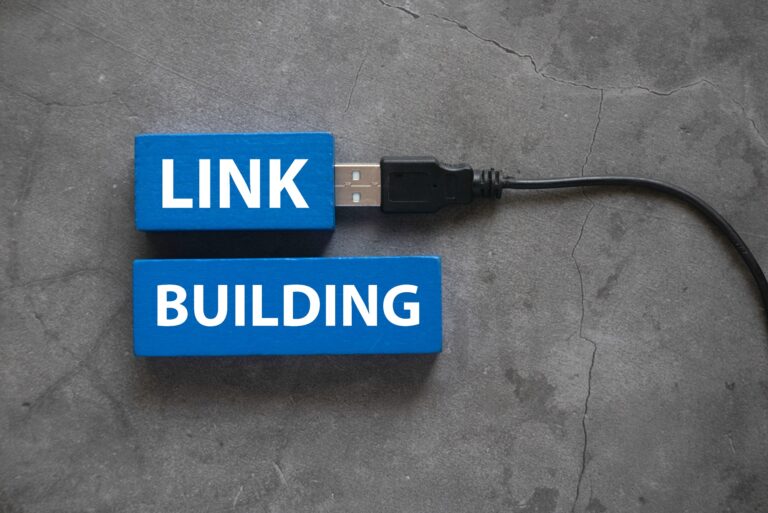
This is a follow-up to a previous blog post “Time = Money” and I will be talking about out integration with Salesforce and the mixed bag it has brought us. I also think it points out the challenges in the new business model of enterprise software providers and the 3rd party developer “app centers.”
We began using Salesforce approximately two years ago with a goal of collapsing business systems into one enterprise level application that could scale with our business.
Two years later I can say we are a bit more efficient, but the idea of a dream system that handles all of our business needs is just that – a dream. The reality is that we all have unique businesses and when you bring your unique business case to the system and it can’t handle it you either have to contract someone to build the integration or find a 3rd party application that works. This process is where you start losing all of the time you feel you are saving.
You spend days and weeks finding, demoing and getting quotes for the right application to serve your business need. I call this type of integration “stove pipe” because it communicates to just the part of the software that is required to make it work, but not the rest of the application. Through the time suck process you find it functions well, works as advertised, but there are a lot of issues when you get it into the real world. Let me just mention a few.
1. The enterprise software has forced us to go create new vendor relationships to get their “enterprise” solution to work for our business. Ok, so in our case we have three new vendor relationships that need to be managed, developed and cultivated. Fantastic, what a great saving in time…
2. User Interface. With three new companies comes three new ways to interface with the application, how lovely. In our case, it is a phone system and live chat. Both interact differently and both have a distinctly different interface. Yes, we are even more excited about all the new training for our sales and support team…
3. Deep reporting. This is the real challenge as the data we collect won’t necessarily be available for reporting. In almost every case, integration includes adding new “custom” fields that won’t pull down to the core reporting that comes with the enterprise software. The answer? Export all data into a NEW database and extract.






